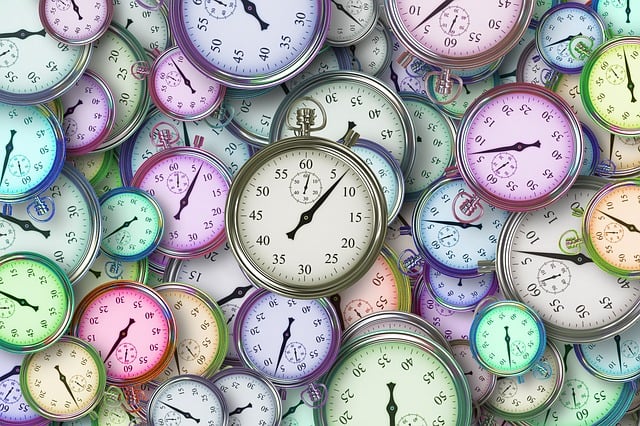 I was in Rome during July; an overwhelming sense-fest of orange and blue sweatiness. 34 degrees, and sightseeing, trailing a family best described as freckled with a hint of ginger. Not overly relaxing.
I was in Rome during July; an overwhelming sense-fest of orange and blue sweatiness. 34 degrees, and sightseeing, trailing a family best described as freckled with a hint of ginger. Not overly relaxing.
The Colosseum sat at the end of our road like a gigantic lopsided toad. As we passed it, the great procrastinator within me marvelled at the get-up-and-go of those who had the original vision and energy to build it – Vespasian and his sons. Its first incarnation was completed in ten years, utilising the new Roman invention – concrete. As we loitered in its shadow, I wondered aloud, naively, how this tribute to civilisation had been physically built in the heat that was turning us pallid persone inglesi into floppy wet flannels.
The answer was “slaves”. 100,000 prisoners of the Jewish War were brought to Rome and provided the manual labour to build the venue, where more slaves, Christians and criminals died horribly before a jeering, cheering crowd. Not so civilised.
Now, looking down on the Colosseum was like staring into a giant mouth, full of broken teeth, stretched out in an eternal bloody scream.
But, as if to make amends for its brutal past, the Colosseum has become a symbol of the global campaign to end capital punishment. Italy abolished the death penalty in 1948 and calls on others to do the same. The Colosseum’s night time illuminations change from everyday white to gold whenever the death penalty is abolished anywhere in the world, or when a person condemned to the death penalty is released or has their sentence commuted.
Civilisation lives to fight another day.

